AI: The Future of Creativity
Artificial intelligence (AI) is not only transforming the way we work, learn, communicate and play, but also the way we create. AI is increasingly being used to generate novel and original content in various domains, such as writing, music, art, design and gaming. In this blog post, we will explore some of the current and future applications of AI in creative fields, and how they can inspire and empower human creativity.
Writing with AI
AI can help writers with various tasks, such as generating ideas, editing, summarizing, rewriting and even writing entire texts. For example:
-
GPT-3
is a powerful language model that can generate coherent and diverse texts on any topic, given a few words or sentences as input. It can also answer questions, write essays, create stories, poems, lyrics and more.
-
Grammarly
is a popular tool that uses AI to check spelling, grammar, punctuation and style errors in writing. It also provides suggestions for improving clarity, tone and vocabulary.
-
Quillbot
is an AI paraphrasing tool that can rewrite any sentence or paragraph in different ways, while preserving the meaning and intent. It can also summarize long texts into shorter ones.
Music with AI
AI can also assist musicians with composing, performing, mixing and mastering music. For example:
-
AIVA
is an AI composer that can create original music for various genres, moods and purposes. It can also collaborate with human composers and learn from their feedback4.
-
Amper Music
is an AI music platform that can generate custom music for videos, podcasts, games and other media. Users can choose the style, mood, tempo and duration of the music, and edit it as they wish.
-
LANDR
is an AI mastering service that can optimize the sound quality of any music track. It can also distribute the music to streaming platforms and provide analytics.
Art with AI
AI can also enable artists to create new forms of visual art, such as paintings, drawings, animations and graphics. For example:
-
DeepDream
is an AI technique that can produce psychedelic images by enhancing patterns and features in any input image. It can also generate new images from scratch by combining different layers of neural networks.
-
Artbreeder
is an AI tool that can create realistic and diverse images of faces, landscapes, animals and more. Users can mix and mutate different images to generate new ones.
-
GANPaint Studio
is an AI tool that can edit images using semantic brushes. Users can add or remove objects such as trees, clouds, doors and windows in any image.
Design with AI
AI can also help designers with various aspects of design, such as ideation, prototyping, testing and optimization. For example:
-
Adobe Sensei
is an AI framework that powers many features in Adobe products, such as Photoshop, Illustrator and Premiere Pro. It can help with tasks such as content-aware fill, face-aware liquify, auto-reframe and more.
-
Canva
is an online design platform that uses AI to provide templates, suggestions and tools for creating logos, flyers, posters, presentations and more.
-
Wix
is a website builder that uses AI to create personalized websites for users based on their preferences and needs.
Gaming with AI
AI can also enhance the gaming experience by creating immersive and dynamic worlds, characters and stories. For example:
-
OpenAI Codex
is an AI system that can generate code from natural language commands. It can also create games such as Pong, Breakout and Flappy Bird from scratch.
-
NVIDIA Omniverse
is an AI-powered platform that can create realistic and interactive 3D simulations for games, movies and other applications. It can also connect different tools and devices for collaborative creation.
-
Spirit AI
is an AI company that develops tools for creating expressive and responsive characters and dialogues for games. It uses natural language processing and machine learning to understand and generate natural conversations.
Conclusion
AI is becoming a powerful ally for human creativity in various domains. It can help us generate new ideas, improve our skills, collaborate with others and create novel and original content. However, AI is not a replacement for human creativity. It is a tool that we can use to augment our own creative potential. As the report “Gathering Strengths, Gathering Storms” states: “The future of human-AI collaboration will depend on how well we design systems that respect human values”. Therefore, we should use AI responsibly and ethically to create a better future for ourselves and others.

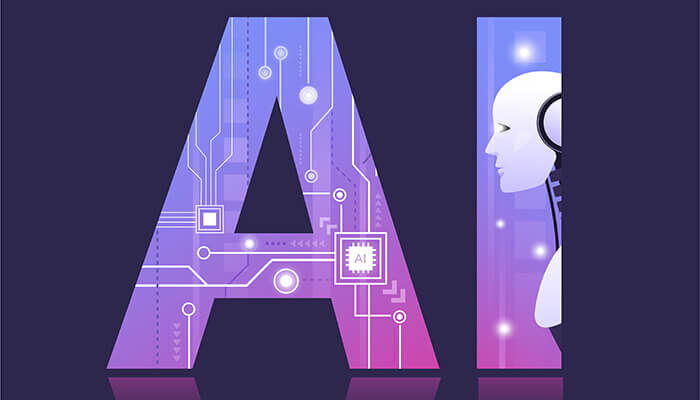

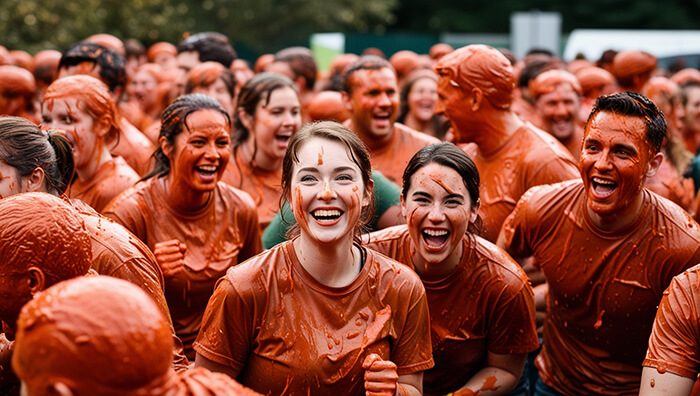
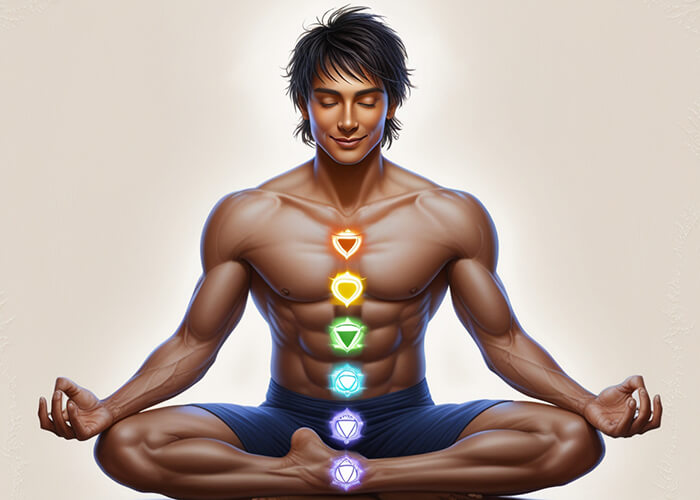

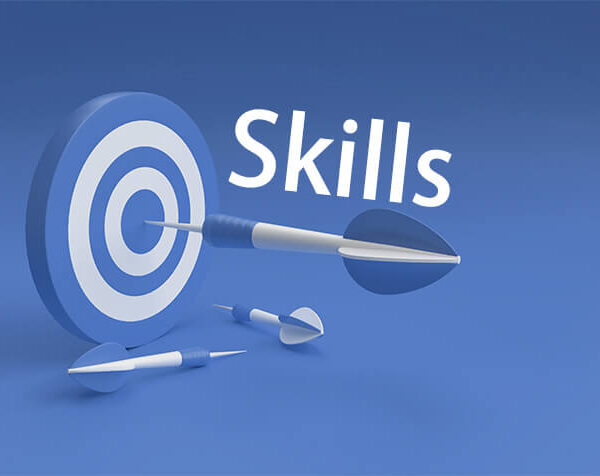
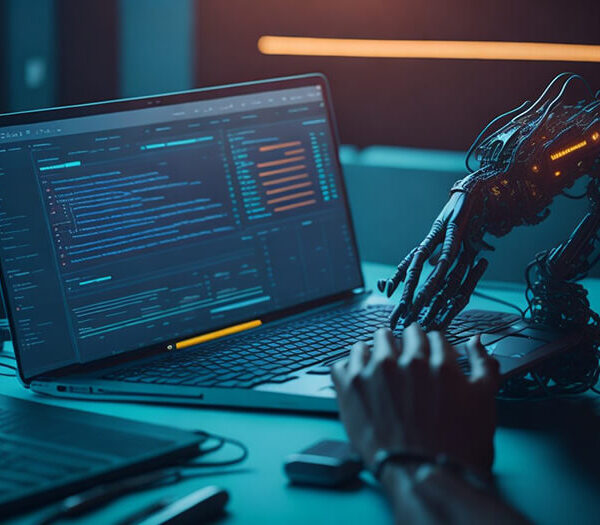
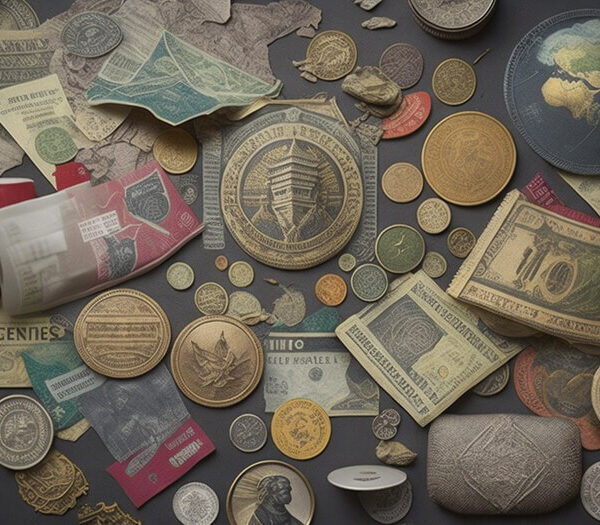
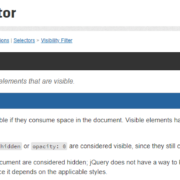


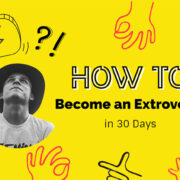
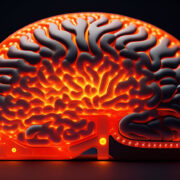

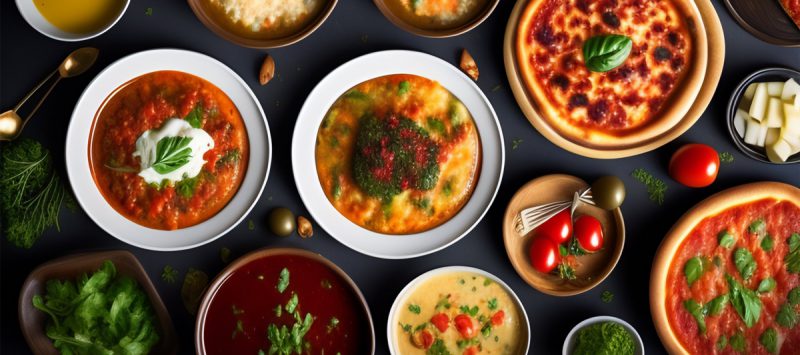
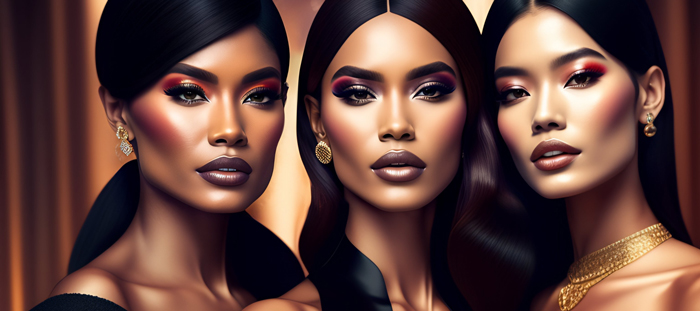

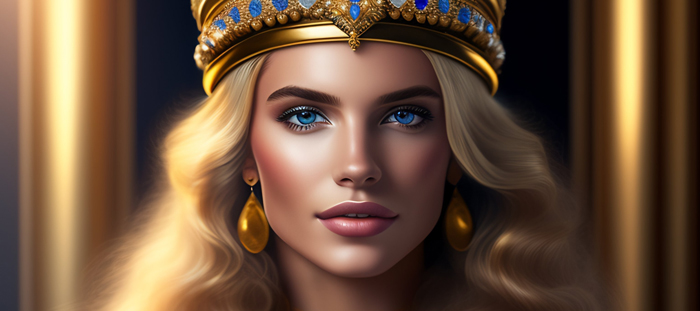
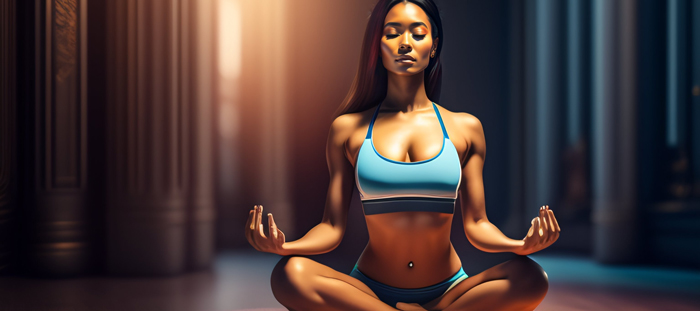

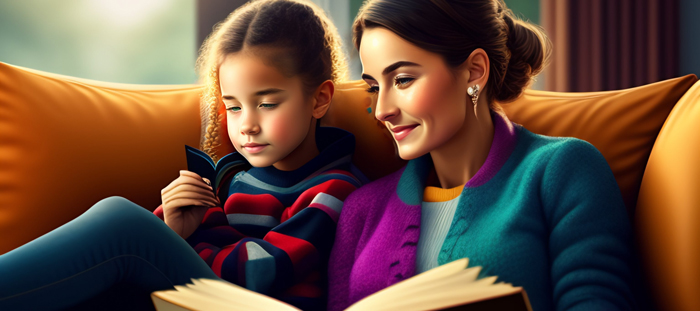
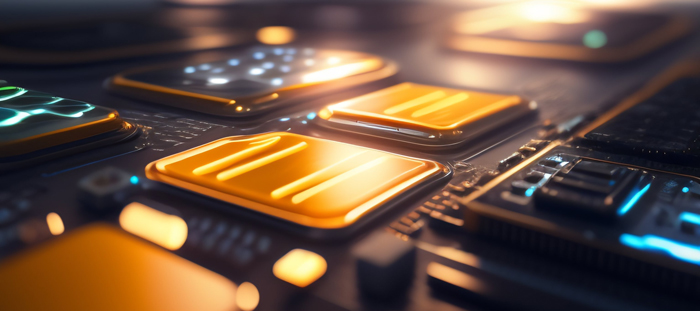

Saved as a favorite, I really like your blog!
I am impressed with this internet site, very I am a big fan .
Your ideas and insights are unique and thought-provoking I appreciate how you challenge your readers to see things from a different perspective